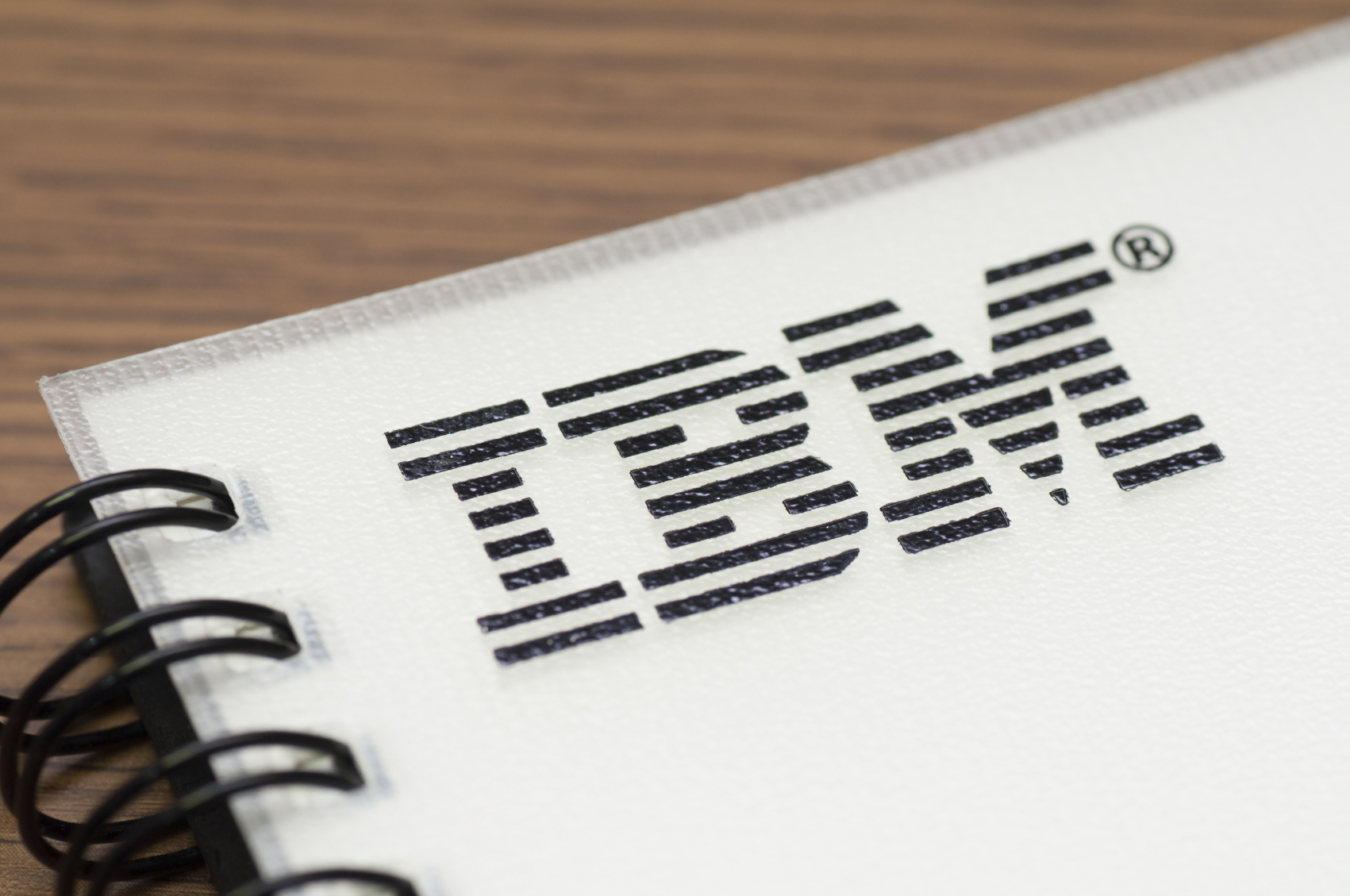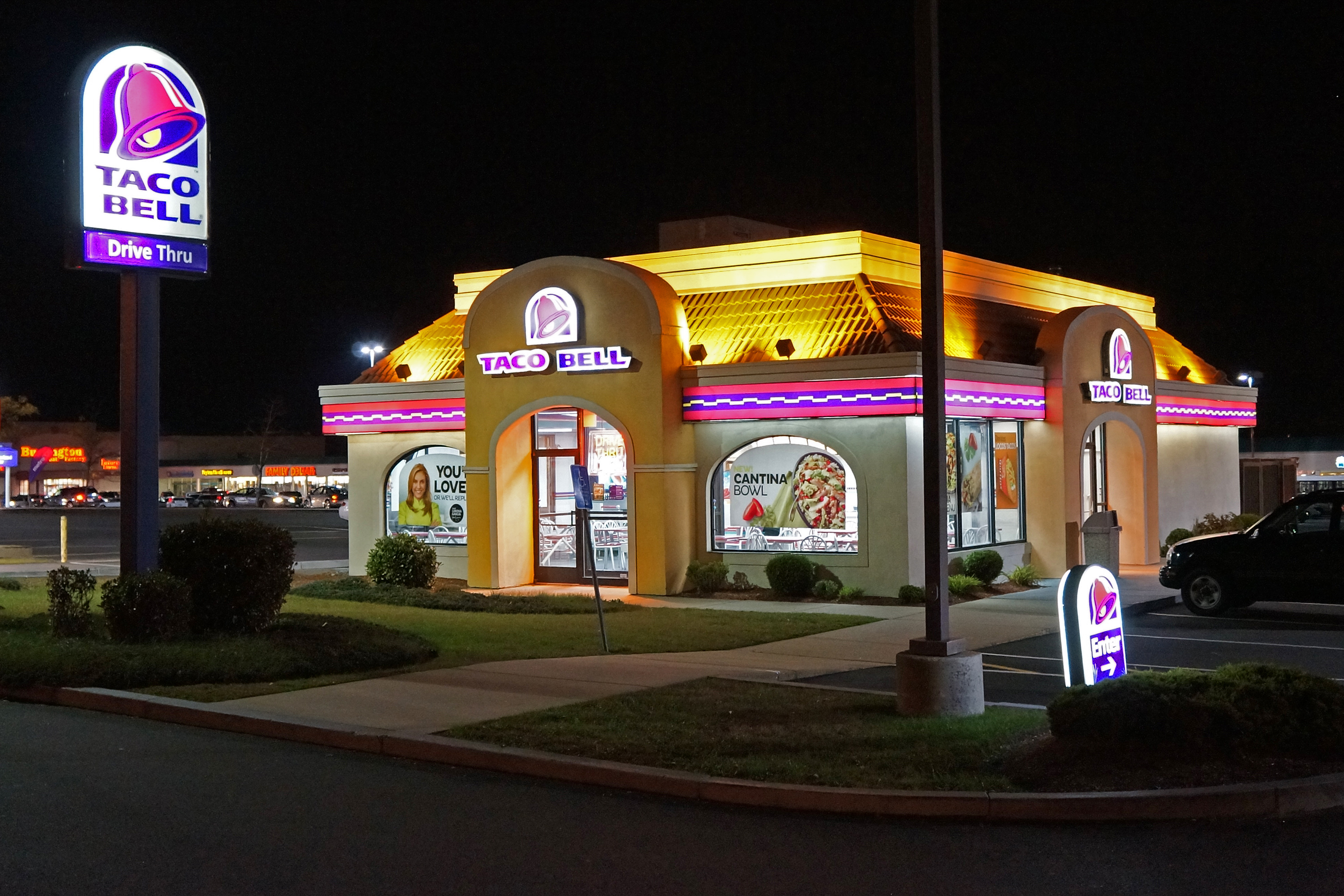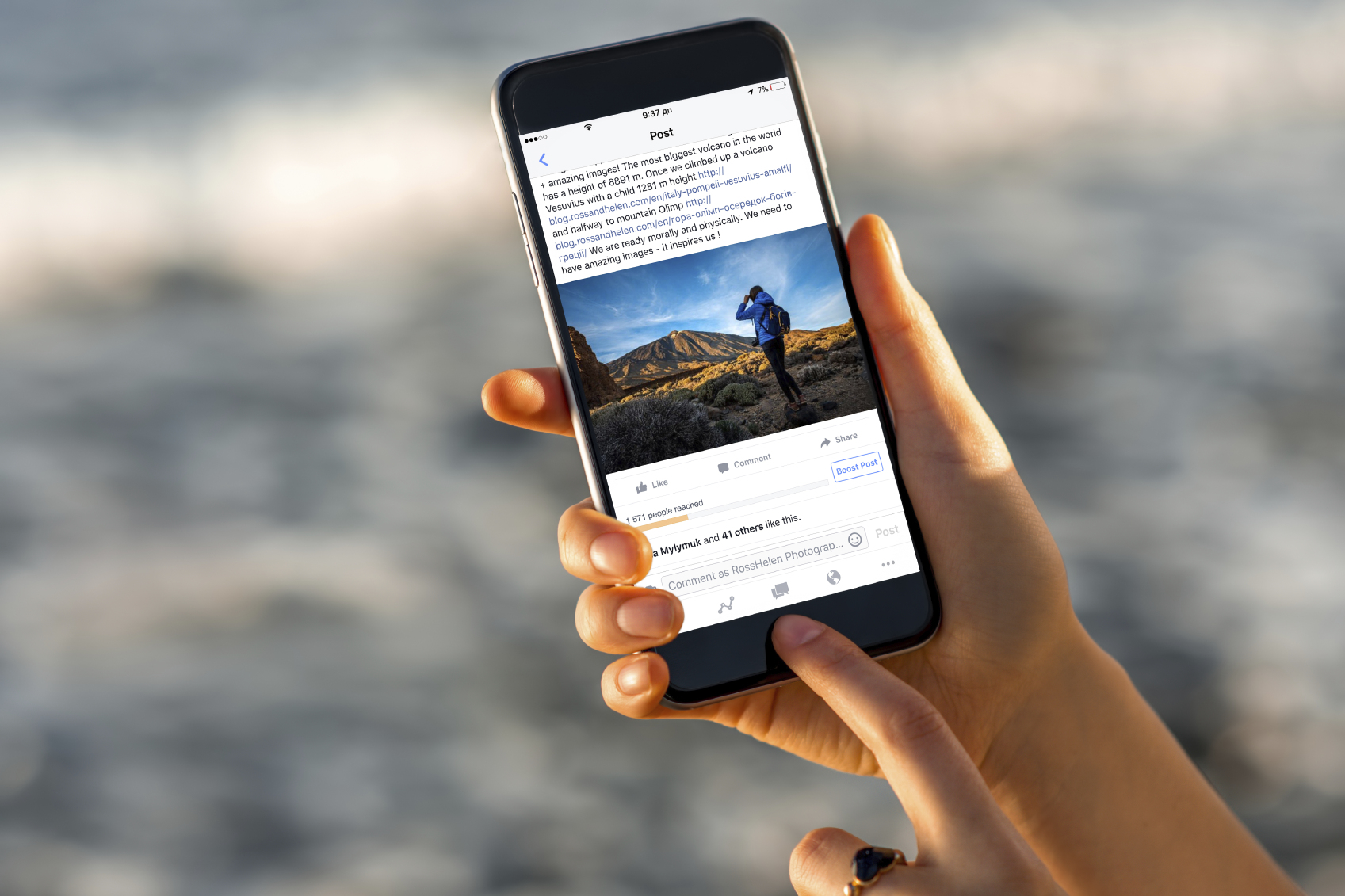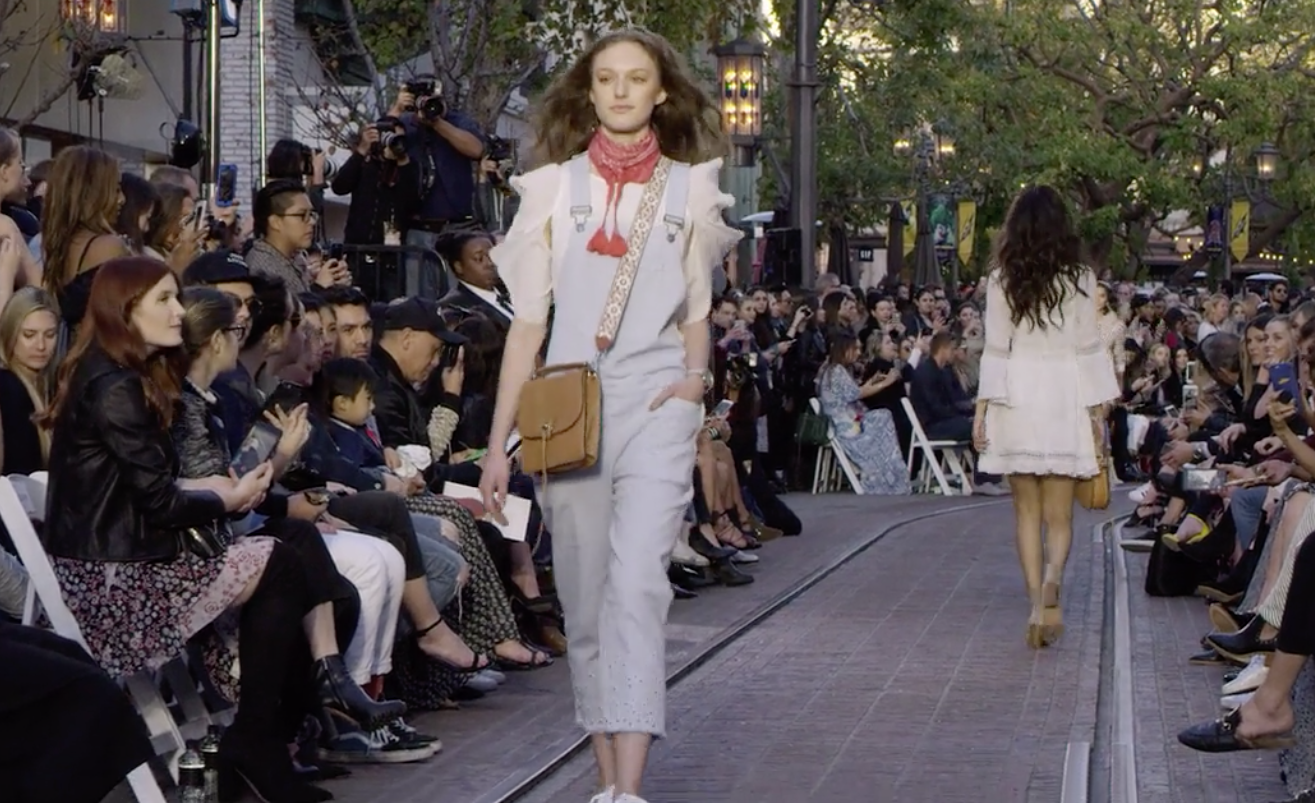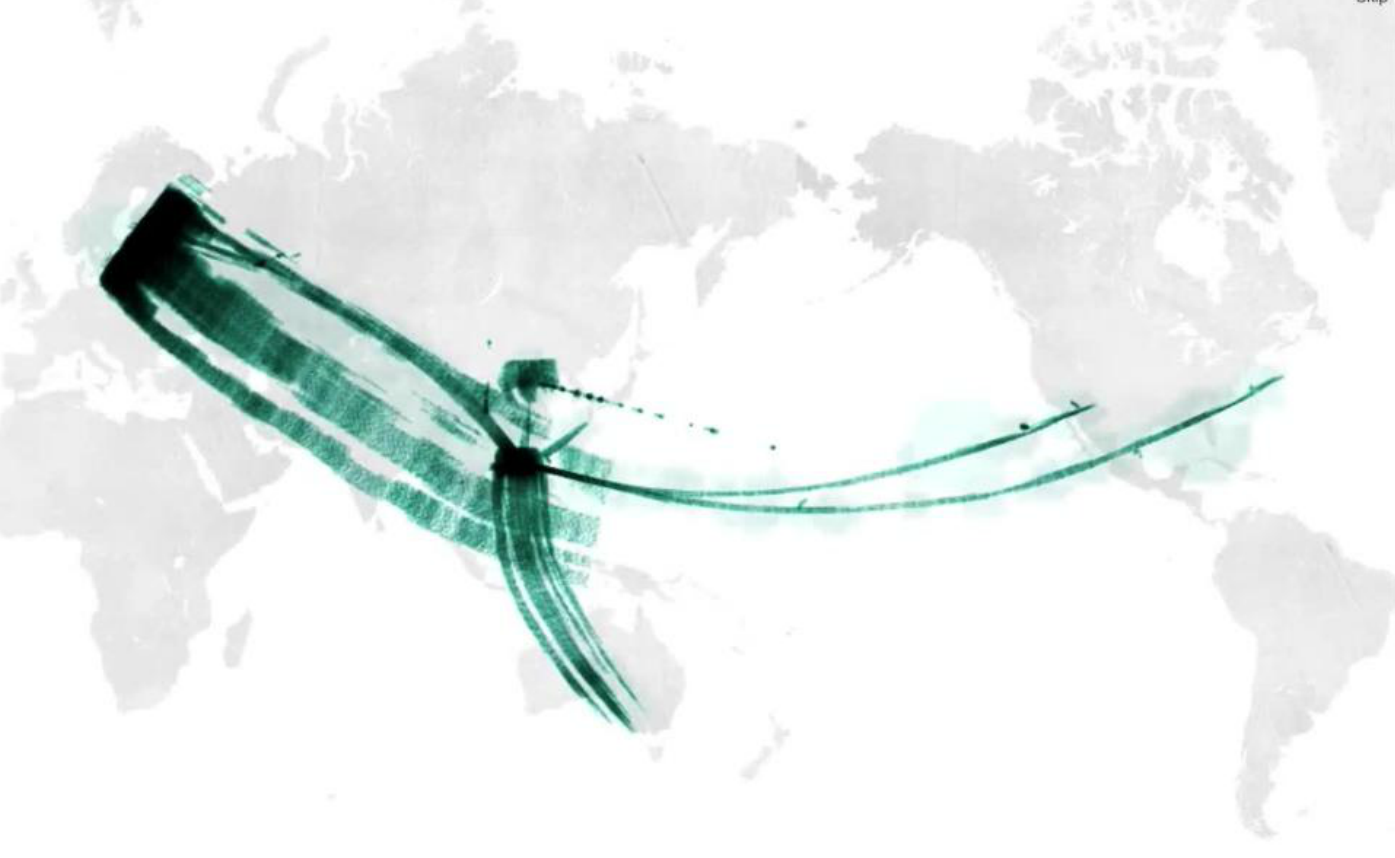What Happened
IBM will equip its Watson IoT platform with Visa’s token technology to allow trusted connected devices to complete online orders for users within preconfigured permissions. This partnership will allow IBM to integrate Visa’s token service, which assigns a unique digital identifier to information found on payment cards, with connected devices that are plugged into IBM’s cloud infrastructure. The end result is a lot like Amazon’s Dash Replenishment Service (DRS), only replacing the need for a physical push to trigger the purchases with automation enabled by IBM’s cloud computing and Watson’s A.I. smarts.
What Brands Need To Do
While this partnership hasn’t developed any consumer-facing product yet, both companies see new business models emerging from the inspection of IoT and ecommerce. For example, a retailer can leverage this platform to manage their in-store stocks and optimizing the restocking process. CPG brands, on the other hand, could explore the possibility of leveraging this new platform to bring auto-replenishing packages into consumers’ homes. As A.I.-powered solutions start to percolate into a wide range of devices and platforms, brands will need to pay attention to the new possibility in automation and personalization they are set to unleash across industries.
Source: ZDNet
